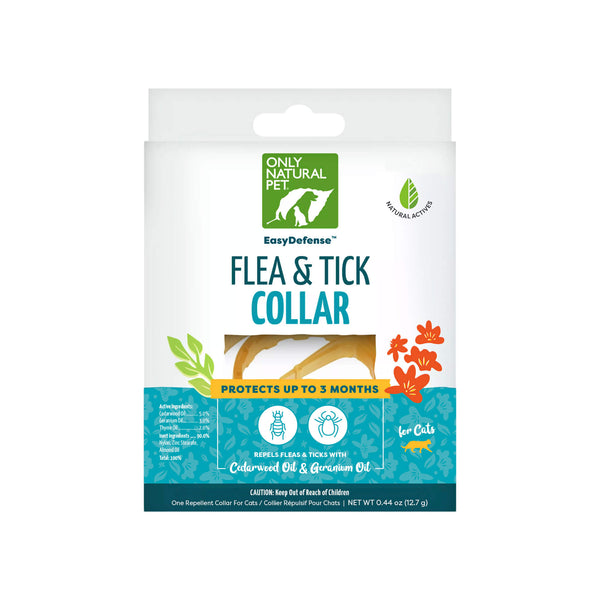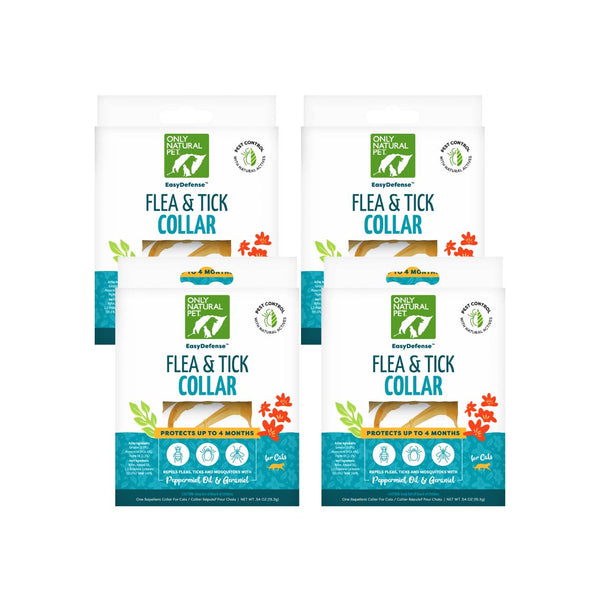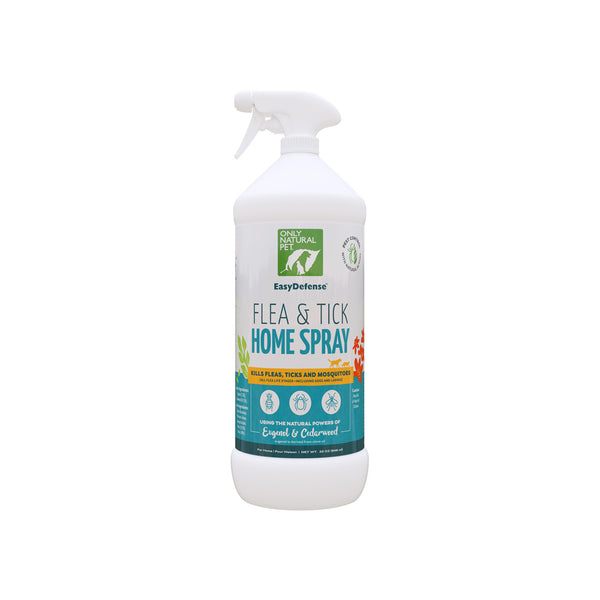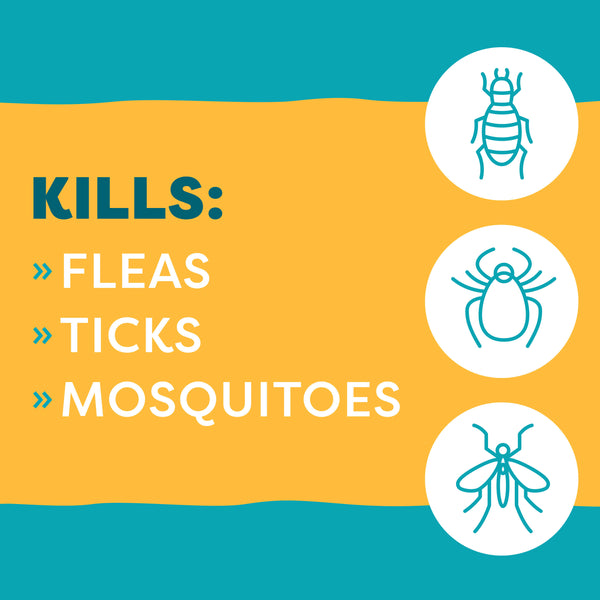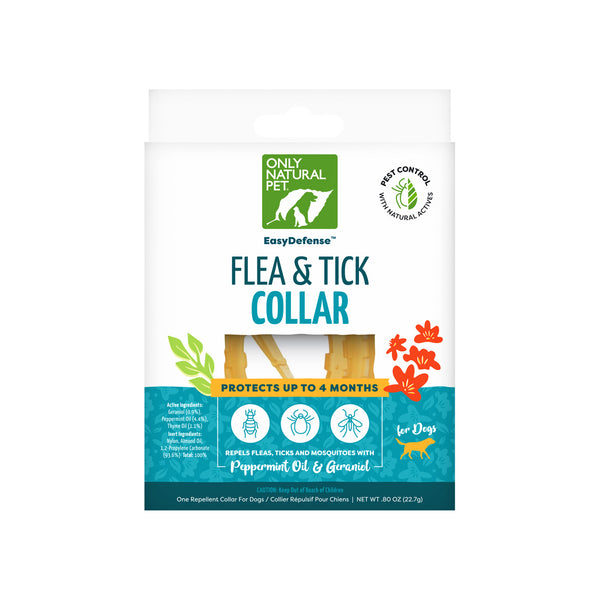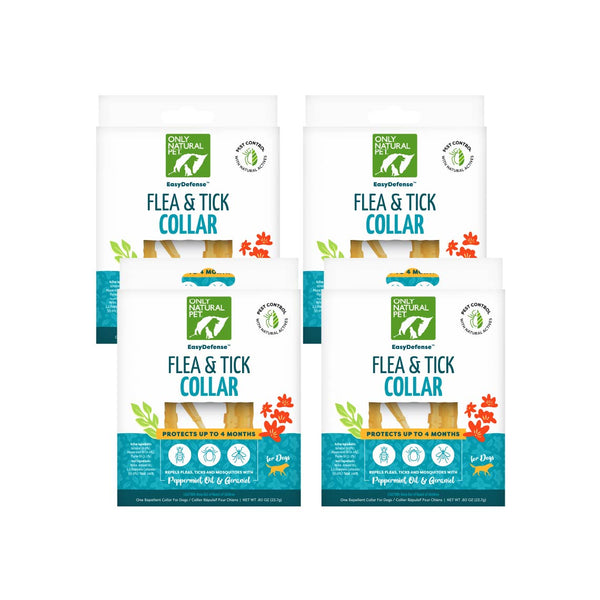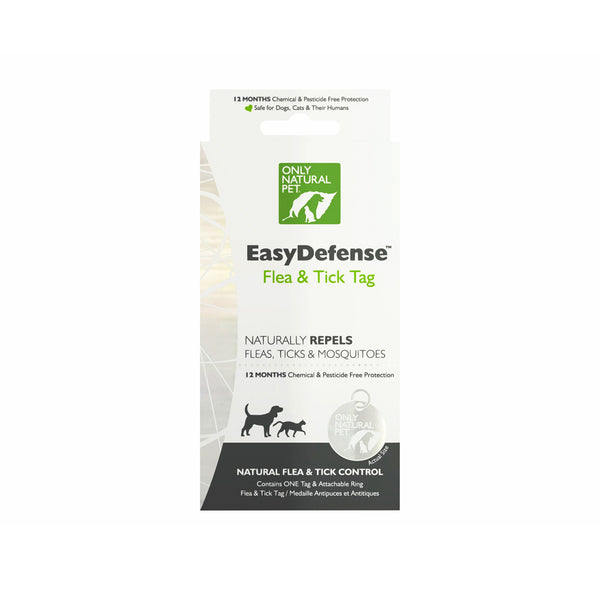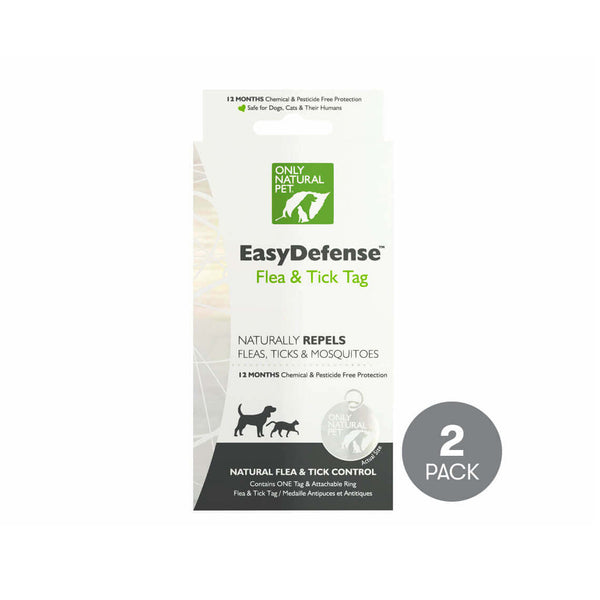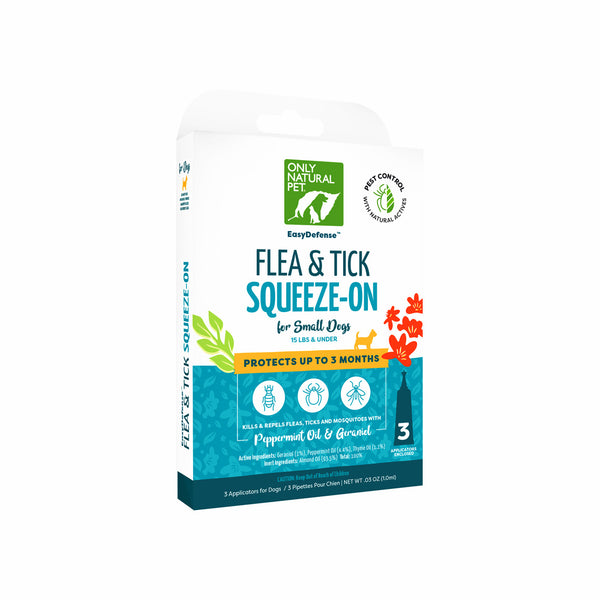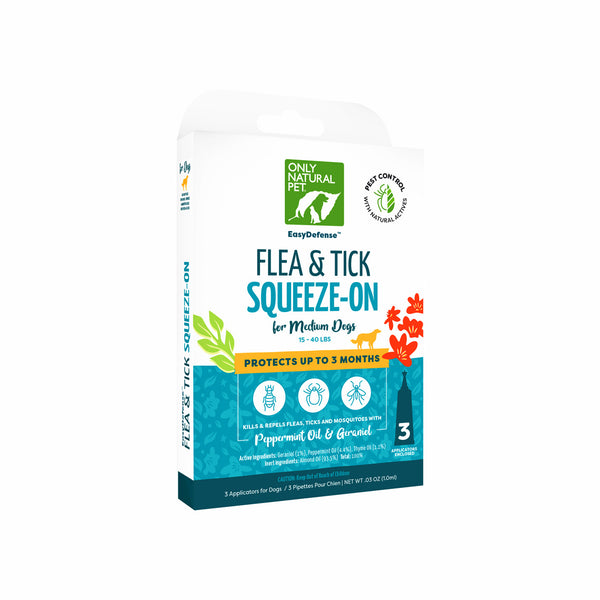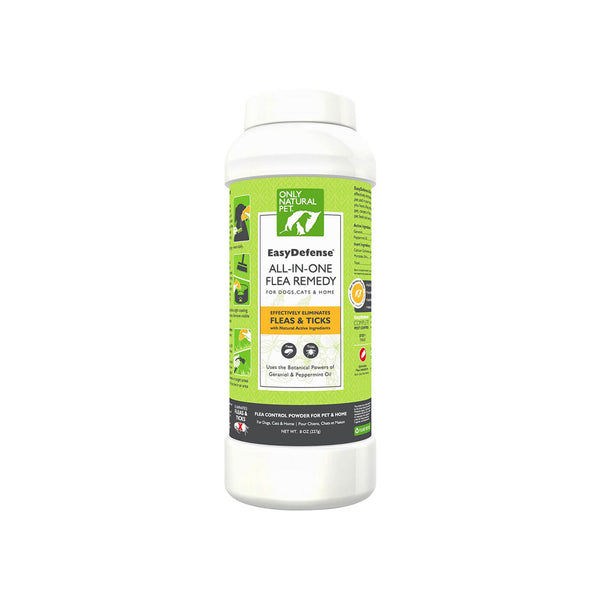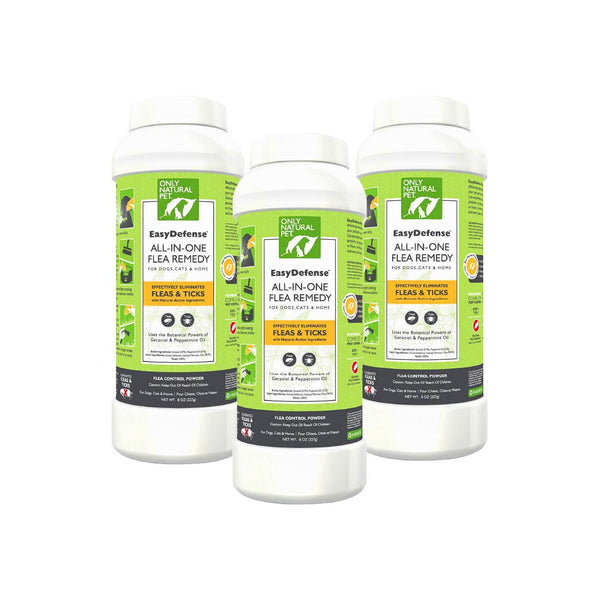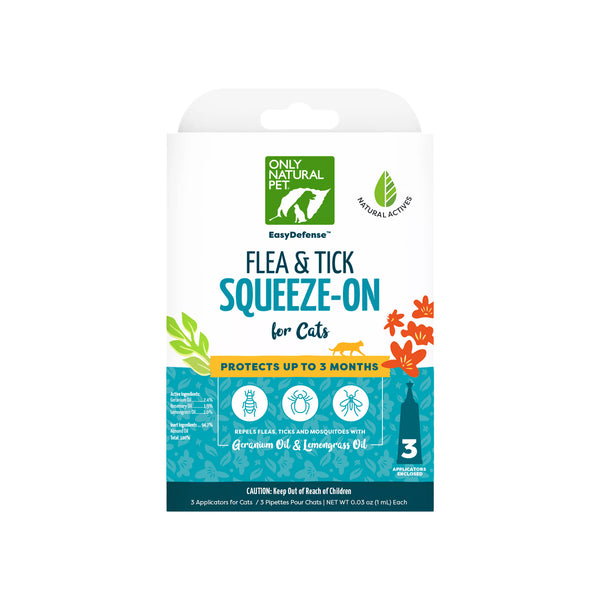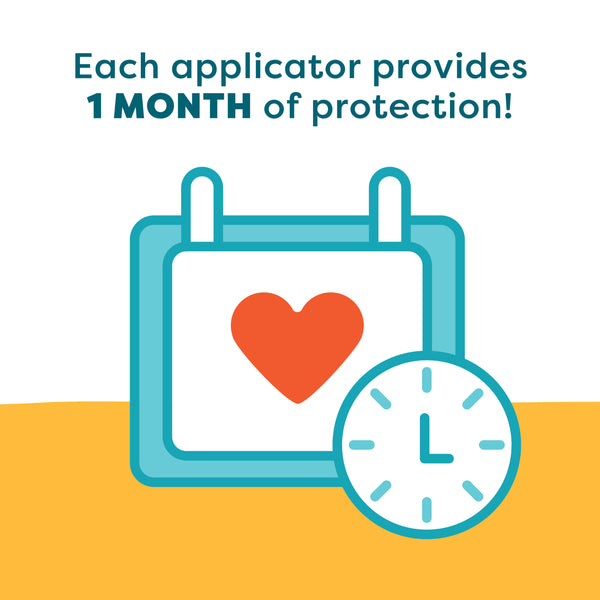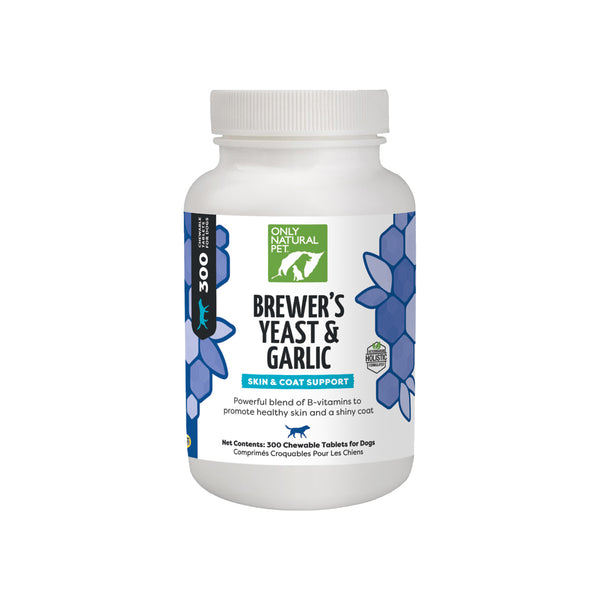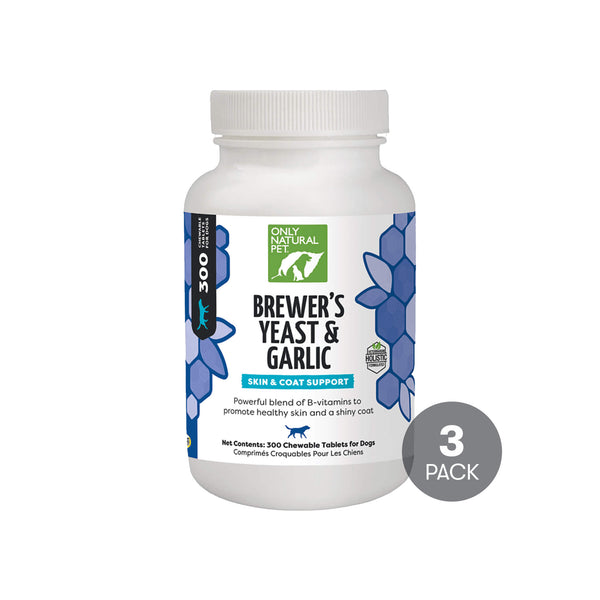Top Ten Flea Myths for Dogs & Cats
Written by: Dr. Jean Hofve, Holistic Veterinarian, DVM
Myth #1: Do healthy pets get fleas?
While not a guarantee, it is true that a healthy animal is a much less attractive host for fleas. That's one of many good reasons to feed a high quality diet of natural food. However, even a healthy pet can get fleas in heavily infested regions, so keep a watchful eye out and use a natural flea and tick prevention for dogs and cats on all at-risk pets.
Myth #2: Can fleas live on furniture?
Fleas usually enter the house on pets, as stated above, but they can quickly find refuge in the house. Carpets, bedding, pet beds, and upholstered furniture make cozy homes for fleas, flea eggs, and flea larvae. If you find fleas in the house, you must take quick action to eliminate them there (as well as on your pet, and even in your yard). Natural flea killer powders, like calcium carbonate, can help.
"Carpets, bedding, pet beds, and upholstered furniture make cozy homes for fleas, flea eggs, and flea larvae"
Myth #3: Can fleas live in a clean house?
Unfortunately, fleas can infest even the most spotless home. Fleas usually enter the house on your pets, but they can also hitch a ride on clothing, and have even been seen to jump right into the house on their own. Hard-surfaced floors are no protection, either; fleas can live in the cracks and around the edges of wood, laminate, or tile floors. They can also take refuge in furniture, bedding, and area rugs. If you live in an area with fleas, it is important to protect your pets at all times. It's also important to get rid of fleas in your yard. Creating a flea-free buffer all around the house a great way to prevent infestation.
Myth #4: Is just one flea on your pet a big deal?
More than 90% of a flea population is in the egg, larval, or pupal (cocoon) stage, all of which take place off the pet, usually in carpet, bedding, or furniture, or shady areas in the yard where your pet (or other critters) hang out. If you see a few fleas, it's certain that there are hundreds of eggs and immature stages in the environment. The process of producing an adult flea can take weeks or even months. There's no quick fix, but vigilance and persistence can get rid of even stubborn infestations.
"If you see a few fleas, it's certain that there are hundreds of eggs and immature stages in the environment."
Myth #5: If I get the fleas off my pet, is the problem solved?
Fleas do not surrender easily. If you have seen fleas on your pet or in house, you need to treat the house with a safe product, and stay vigilant for months. Fully solving the flea problem requires a 3-pronged approach of treating the pet, the house, and the yard. Use an outdoor treatment in shady areas under decks, bushes and trees, where fleas like to hang out. The best approach is prevention, so always protect your pets with a natural flea repellent, especially if they spend time outdoors, or at a dog park or doggie day care.
Myth #6: Do fleas live in the winter?
Although you may not see them in the winter in cold climates, fleas can live quite comfortably in your house, as well as on wildlife. If your pet or your house had fleas during the warm months, you're likely to have fleas during the winter months as well. If your pet goes outdoors and may have contact with squirrels, birds, or other wildlife, they can still get fleas. And, of course, fleas live happily in warm climates all year long, so flea control is a year-round battle.
Myth #7: Should I get prescription flea medications?
It is fine to consult your veterinarian about flea control, but be wary of the chemical flea control products she may recommend (see Myth #8). In addition, veterinarians may not know the best ways to get rid of fleas in the environment. We recommend trying to find a holistic veterinarian who can guide you on natural flea control products. One resource for finding a holistic veterinarian is the directory of the American Holistic Veterinary Medical Association.
"We recommend trying to find a holistic veterinarian who can guide you on natural flea control products."
Myth #8: Are chemical spot-on flea products safe?
They are easy, yes, but they are not necessarily safe. The US Environmental Protection Agency recently (2010) completed an in-depth investigation due to the hundreds of reports of illness and death in pets. Serious adverse effects were reported for every product EPA assessed. EPA is in the process of increasing restrictions on their use. You can read more on the EPA website here.
Myth #9: Are chemical flea collars safe?
Flea collars are the least effective control method. Fleas spend most of their time off the animal. Their effects tend not to last very long. Conventional flea collars which use chemicals may contain potentially harmful residues that are transferred to pets' fur and can be transferred to humans who handle them. The Natural Resource Defense Council is involved in a lawsuit in California to block the sale of these products, some of which contain cancer-causing agents and poisons that linger on fur for weeks. Children are most at risk for neurological damage. A great alternative is natural flea tags, which are effective for most pets and can work for up to two years.
Myth #10: Do natural flea control products really work?
Although many natural flea control products don't have to go through EPA-mandated tests because they aren't classified as pesticides, this doesn't mean that they don't work. People all over the country use the natural approach to flea control effectively, and although it is not always as easy as using chemicals, you can rest assured that the products are safe for your pet and your family.
Want to Try Natural Flea & Tick for Yourself?





